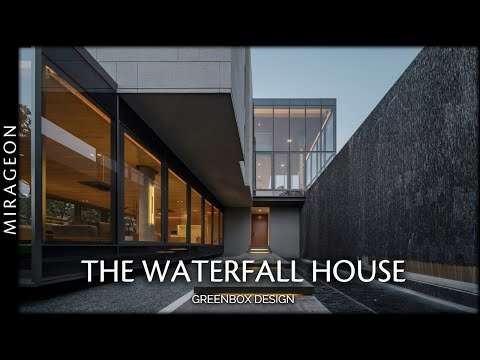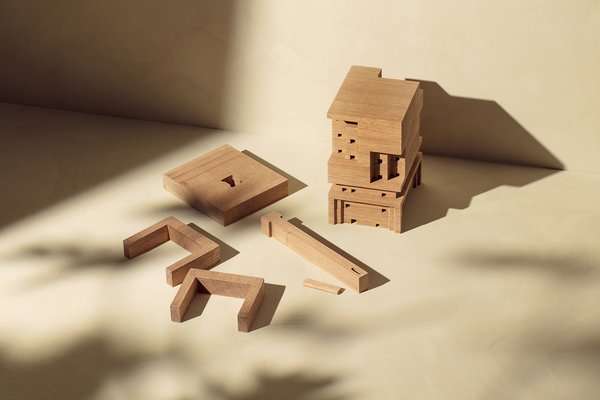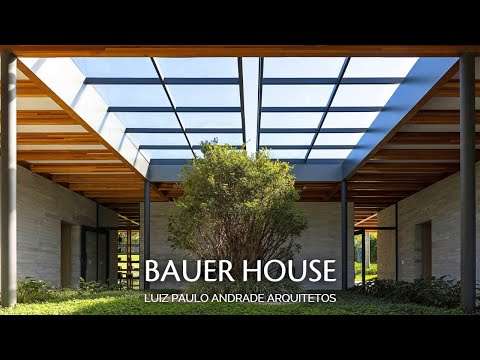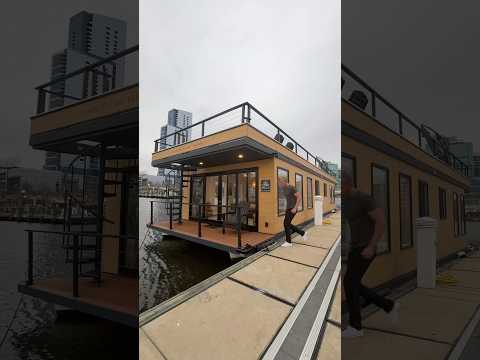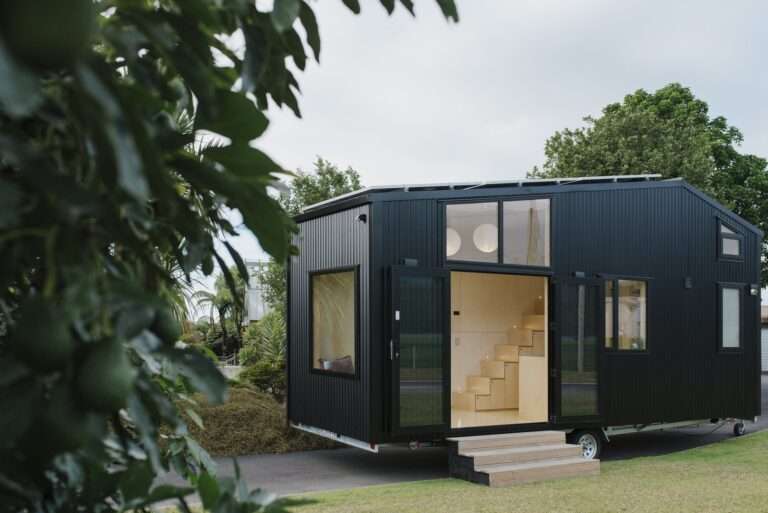This new residence is located on a pristine site comprised of a mature douglas fir and pacific madrone forest, with occasional rocky clearings and several small ponds. Our clients desired a work of architecture that minimized site impacts while creating a work of architecture that utilized their favorite materials (wood and concrete) and connected them intimately with the land and the view. The home is situated where the forest gives way to a large rocky clearing with views to the sea. The structure is 'wrapped' around a prominent outcropping of rock and carefully situated to require a minimum of tree removal. The long, narrow footprint of the home allows every room a view of the sea while also retaining a strong connection to the surrounding forest. Merit Award – AIA NW & Pacific Honor Awards, 2011 Merit Award – AIA Honor Awards for Washington Architecture, 2010
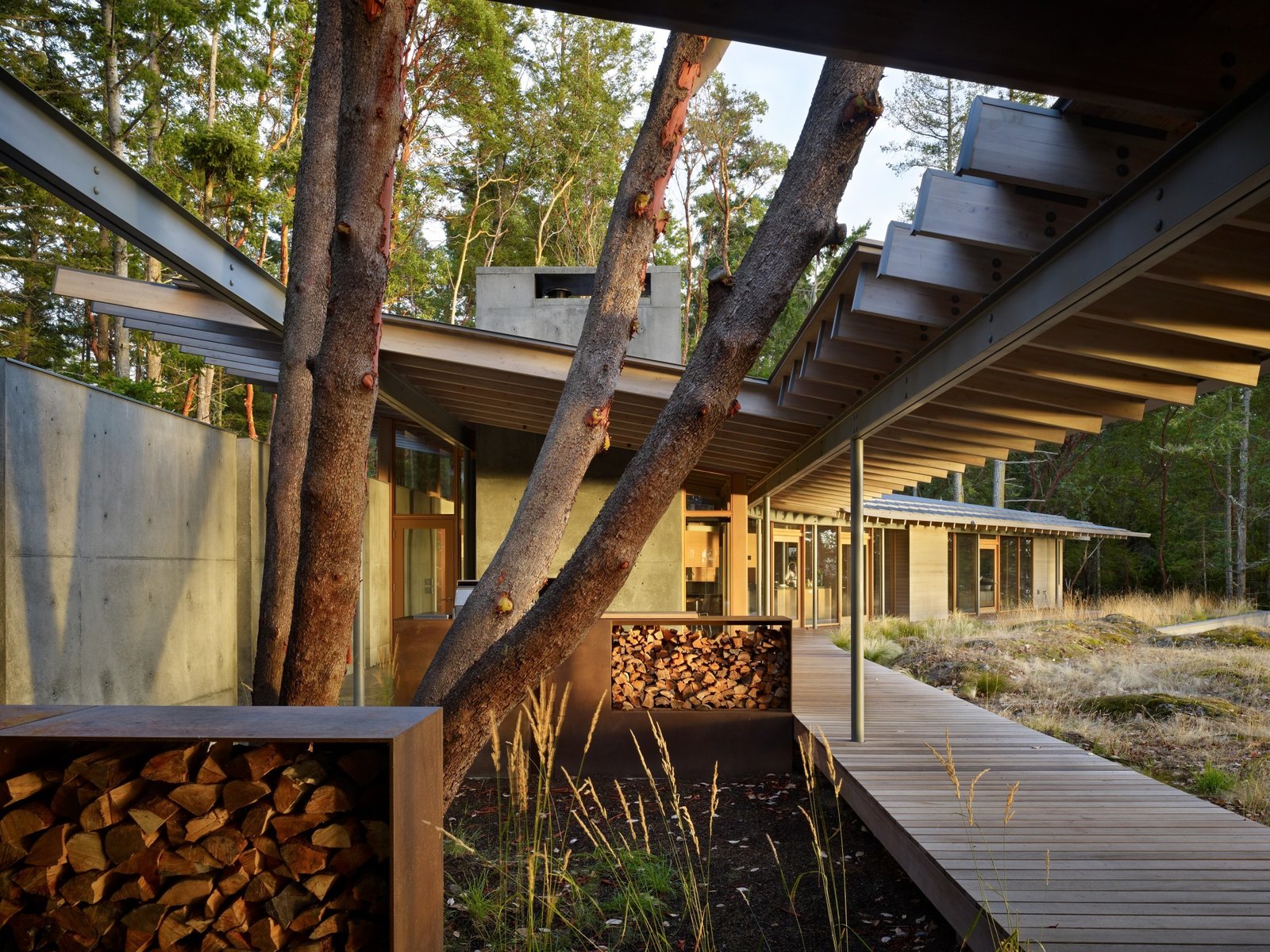
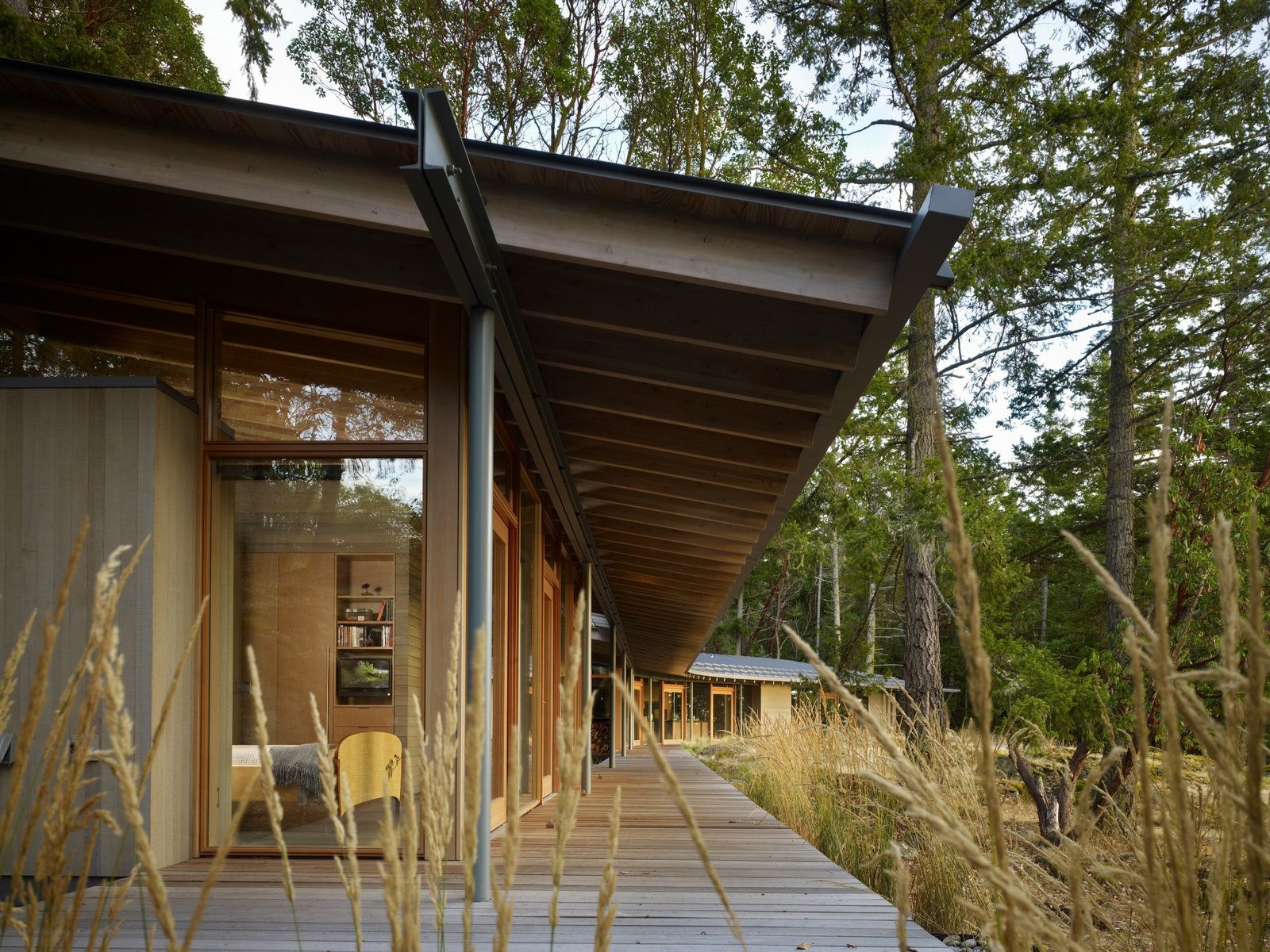
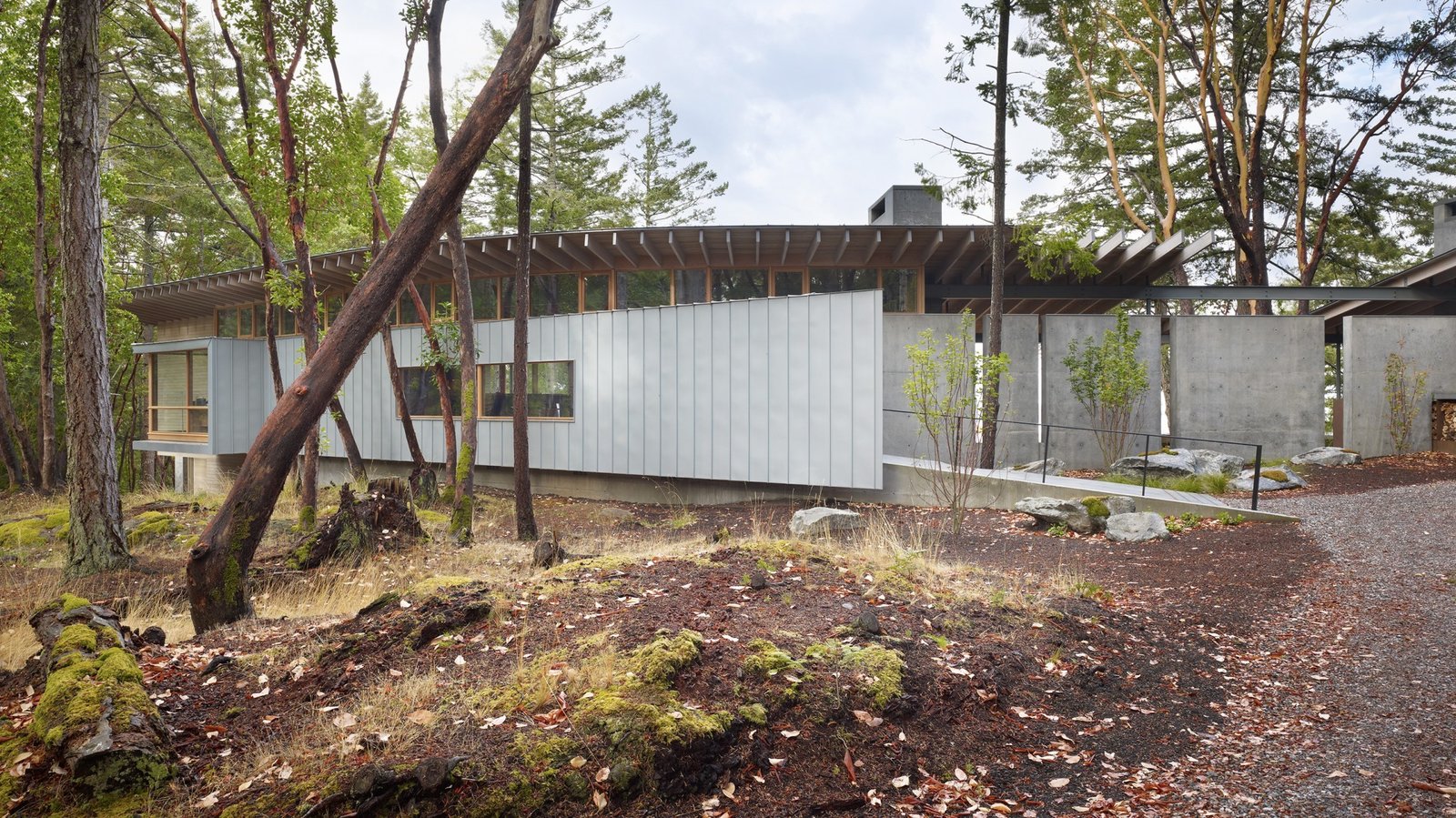
See more on Dwell.com: Suncrest Residence by Heliotrope Architects – Orcas Island, Washington
Homes near Orcas Island, Washington
- San Juan Islands Residence
- Pole Pass Retreat
- Eagle Point

